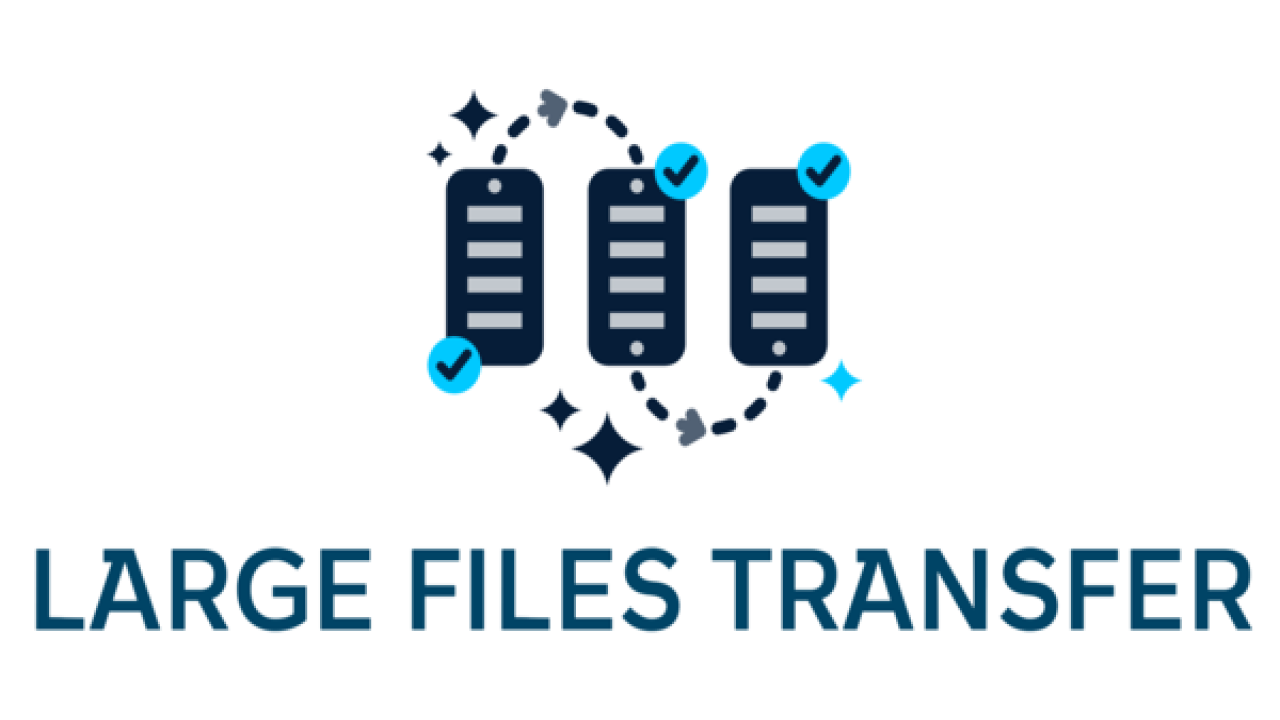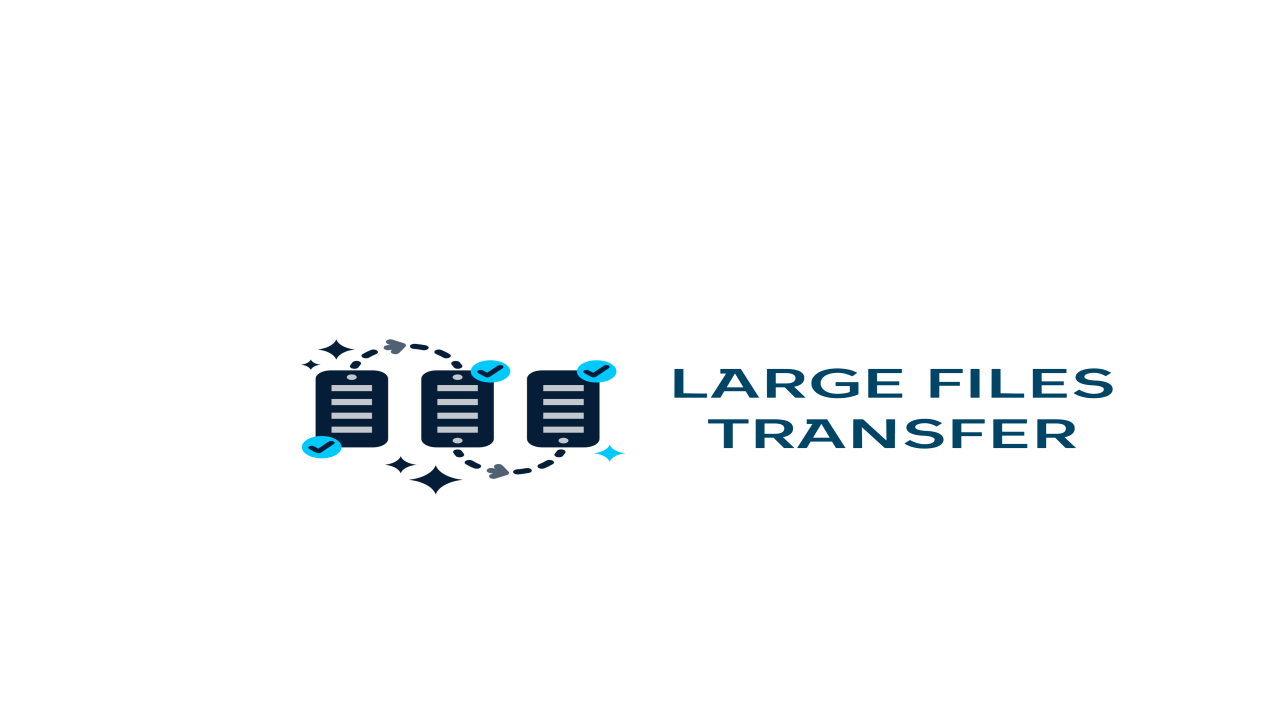Mastering Efficiency: Tips for Optimizing File Transfer Performance
In the fast-paced digital world, optimizing file transfer performance is crucial for ensuring smooth communication, collaboration, and data exchange. Whether you're transferring large files within your organization or sharing documents with clients across the globe, maximizing transfer speed and efficiency can significantly enhance productivity and streamline workflows. In this comprehensive guide, we'll explore a range of tips and techniques for optimizing file transfer performance, empowering you to achieve faster and more reliable data exchange.
1. Choose the Right Transfer Protocol:
Selecting the appropriate transfer protocol is essential for optimizing performance. Depending on your specific needs, consider protocols such as FTP (File Transfer Protocol), SFTP (SSH File Transfer Protocol), HTTP/S, or proprietary protocols tailored to your requirements. Evaluate factors such as security, speed, and compatibility to determine the most suitable protocol for your file transfer needs.
2. Utilize Compression Techniques:
Before initiating file transfers, employ compression techniques to reduce file sizes and minimize transfer times. Compressing files using formats like ZIP or RAR can significantly decrease transfer times, particularly for large datasets or text-based files. However, be mindful of the type of files being compressed, as certain file types (e.g., already compressed files like JPEG images) may not benefit from compression.
3. Optimize Network Infrastructure:
Ensure that your network infrastructure is properly configured and optimized for efficient file transfers. This includes optimizing router settings, utilizing Quality of Service (QoS) policies to prioritize traffic, and ensuring adequate bandwidth allocation for file transfer operations. Regularly monitor network performance and address any bottlenecks or congestion to maintain optimal transfer speeds.
4. Parallelize File Transfers:
Divide large files into smaller chunks and transfer them in parallel across multiple connections simultaneously. Parallelizing file transfers harnesses available bandwidth more efficiently and accelerates transfer speeds, especially for high-speed network connections. Consider utilizing multi-threaded file transfer applications or distributed computing frameworks to implement parallel transfer strategies effectively.
5. Implement UDP-Based Transfers for Real-Time Data:
For real-time data transfers, consider utilizing UDP (User Datagram Protocol) instead of TCP (Transmission Control Protocol). UDP-based transfers offer lower latency and reduced overhead compared to TCP, making them suitable for time-sensitive applications such as multimedia streaming or VoIP (Voice over Internet Protocol). However, bear in mind that UDP does not guarantee packet delivery or ensure reliable data transmission, so appropriate error handling mechanisms may be required.
6. Leverage Content Delivery Networks (CDNs):
Utilize Content Delivery Networks (CDNs) to distribute files across geographically dispersed servers closer to end-users. CDNs minimize latency, reduce data congestion, and accelerate file transfers by delivering content from the nearest edge server to the recipient, optimizing bandwidth utilization. Leverage CDN infrastructure to enhance file transfer performance and improve user experience, particularly for globally distributed audiences.
7. Enable Data Compression and Caching:
Enable data compression and caching mechanisms to reduce bandwidth consumption and accelerate file transfers. Implement compression algorithms at the server-side to compress outgoing data before transmission, reducing the amount of data transferred over the network. Additionally, deploy caching mechanisms, such as web caches or proxy servers, to store frequently accessed files locally and minimize the need for repeated file transfers over the network.
8. Opt for Asynchronous File Transfer:
Consider asynchronous file transfer techniques, where data transfer operations are decoupled from other processes and executed independently in the background. Asynchronous file transfer allows for parallel processing of multiple transfer requests, optimizing resource utilization and improving overall system performance. Implement asynchronous transfer mechanisms using asynchronous APIs or background processing frameworks to enhance transfer efficiency.
9. Monitor and Analyze Transfer Performance:
Regularly monitor and analyze file transfer performance to identify bottlenecks, optimize transfer workflows, and improve efficiency. Utilize monitoring tools and performance analytics platforms to track transfer metrics such as transfer speed, latency, and throughput. Identify trends, patterns, or anomalies in transfer performance and implement corrective measures to enhance overall efficiency.
10. Prioritize Security Without Compromising Performance:
While optimizing file transfer performance, prioritize security measures to protect sensitive data and ensure compliance with security standards. Implement encryption, authentication, and access control mechanisms to safeguard transferred data without compromising performance. Strike a balance between performance optimization and security requirements to achieve optimal transfer efficiency while maintaining data integrity and confidentiality.
Conclusion:
Optimizing file transfer performance is essential for maximizing productivity, efficiency, and user satisfaction in today's digital landscape. By implementing the tips and techniques outlined in this guide, you can enhance transfer speeds, minimize latency, and streamline data exchange processes across your organization. Whether through protocol optimization, compression techniques, or network infrastructure enhancements, prioritize performance optimization to unlock the full potential of your file transfer workflows and propel your organization towards greater success.






Comments (0)